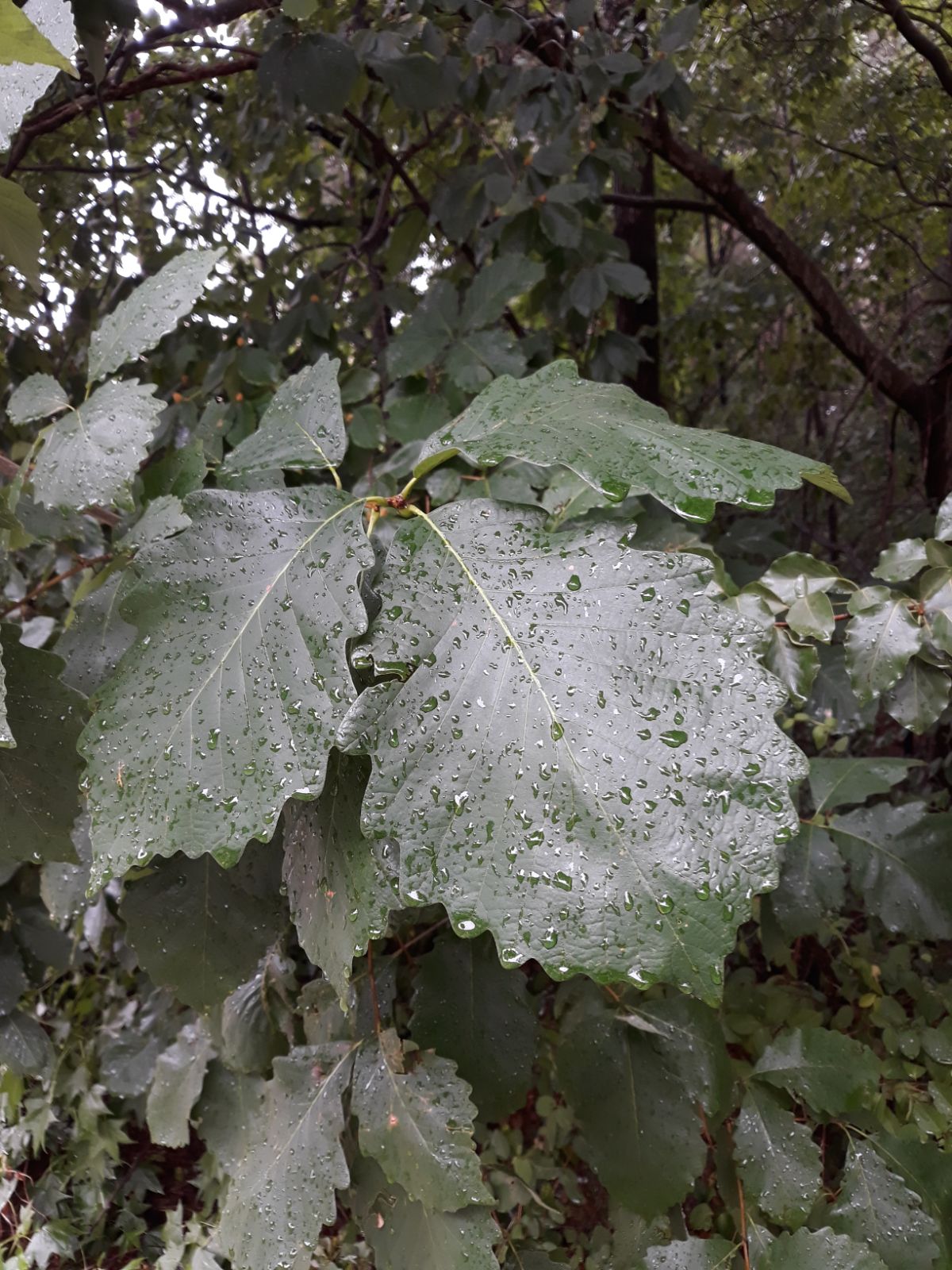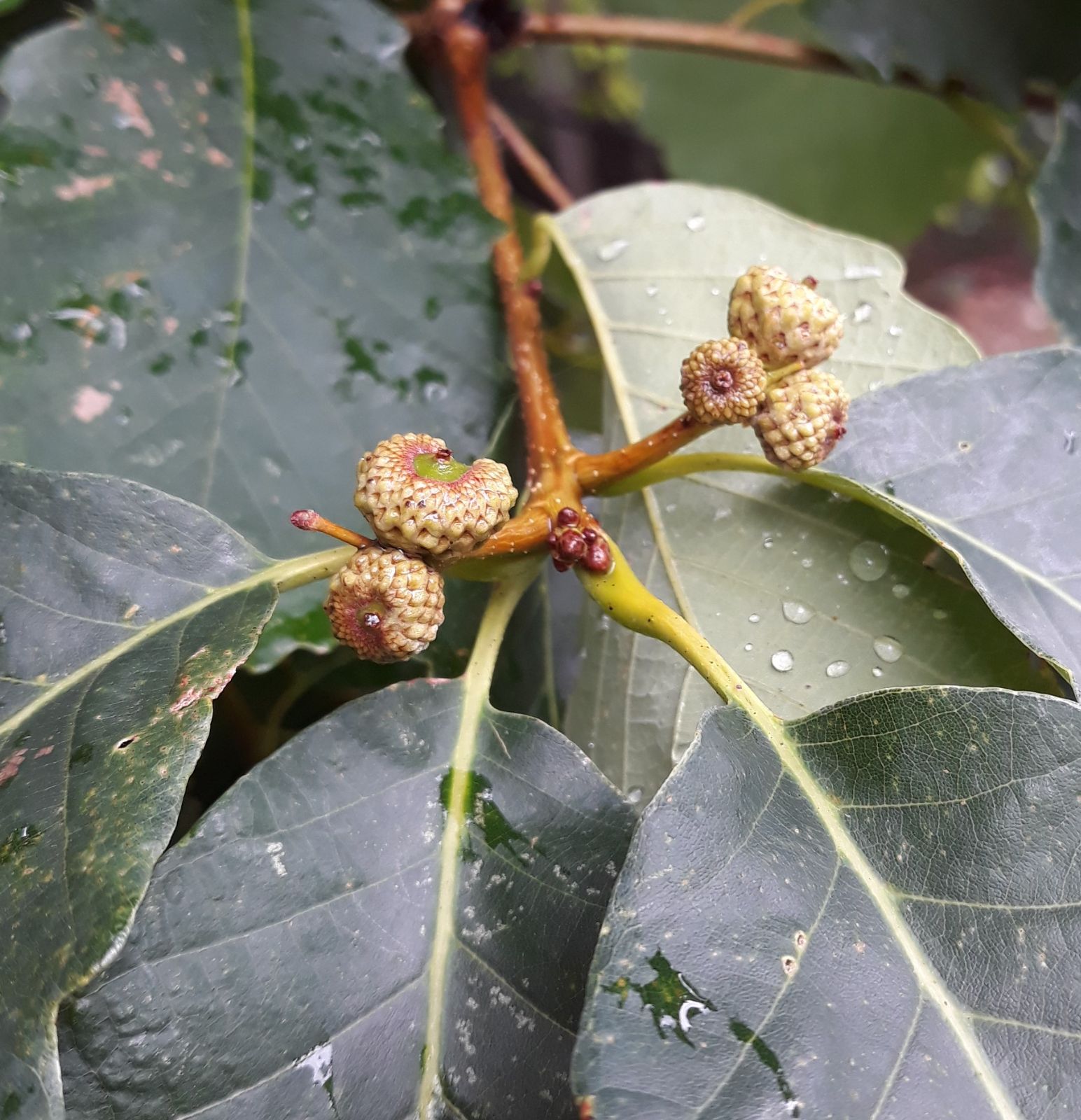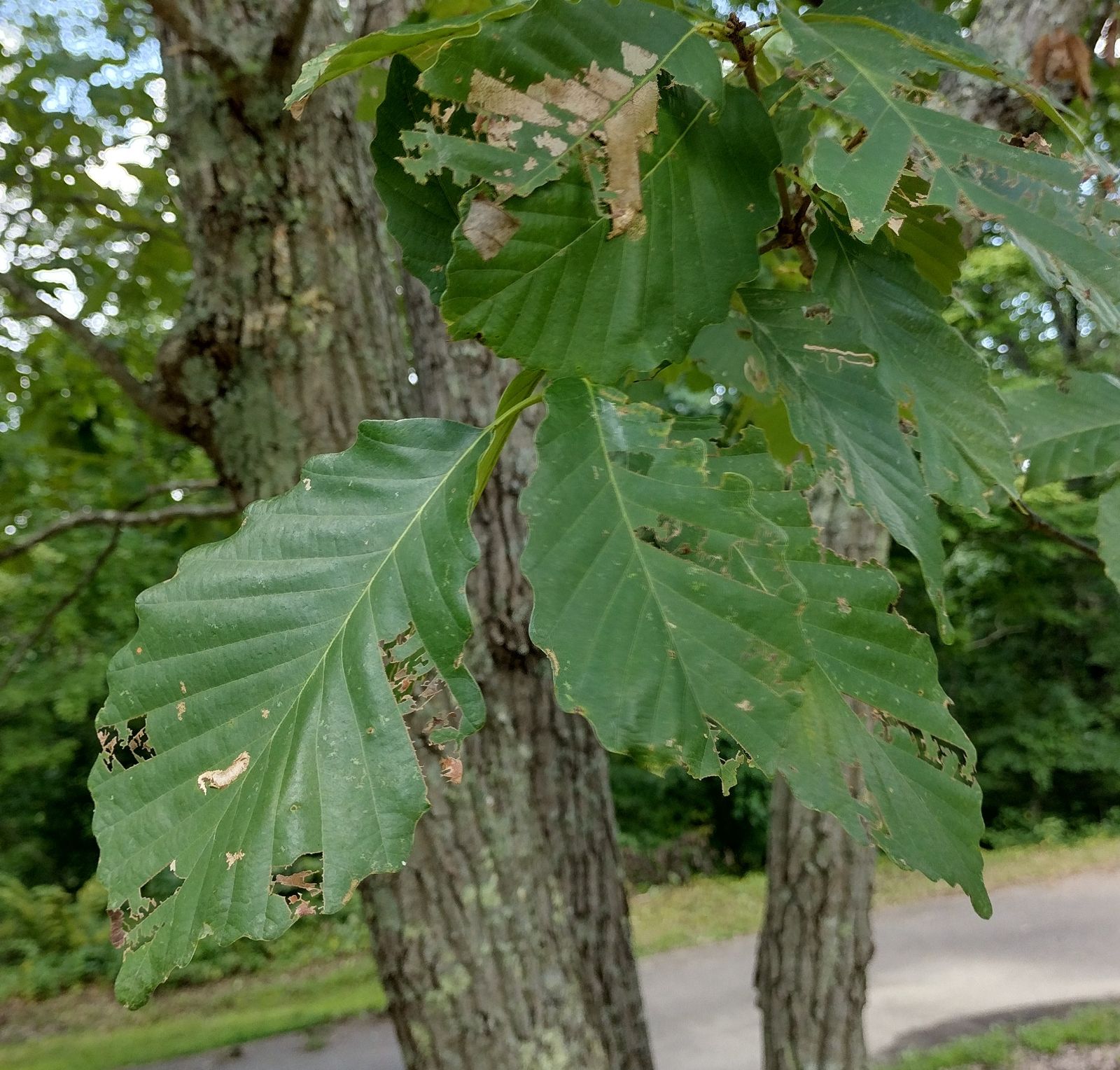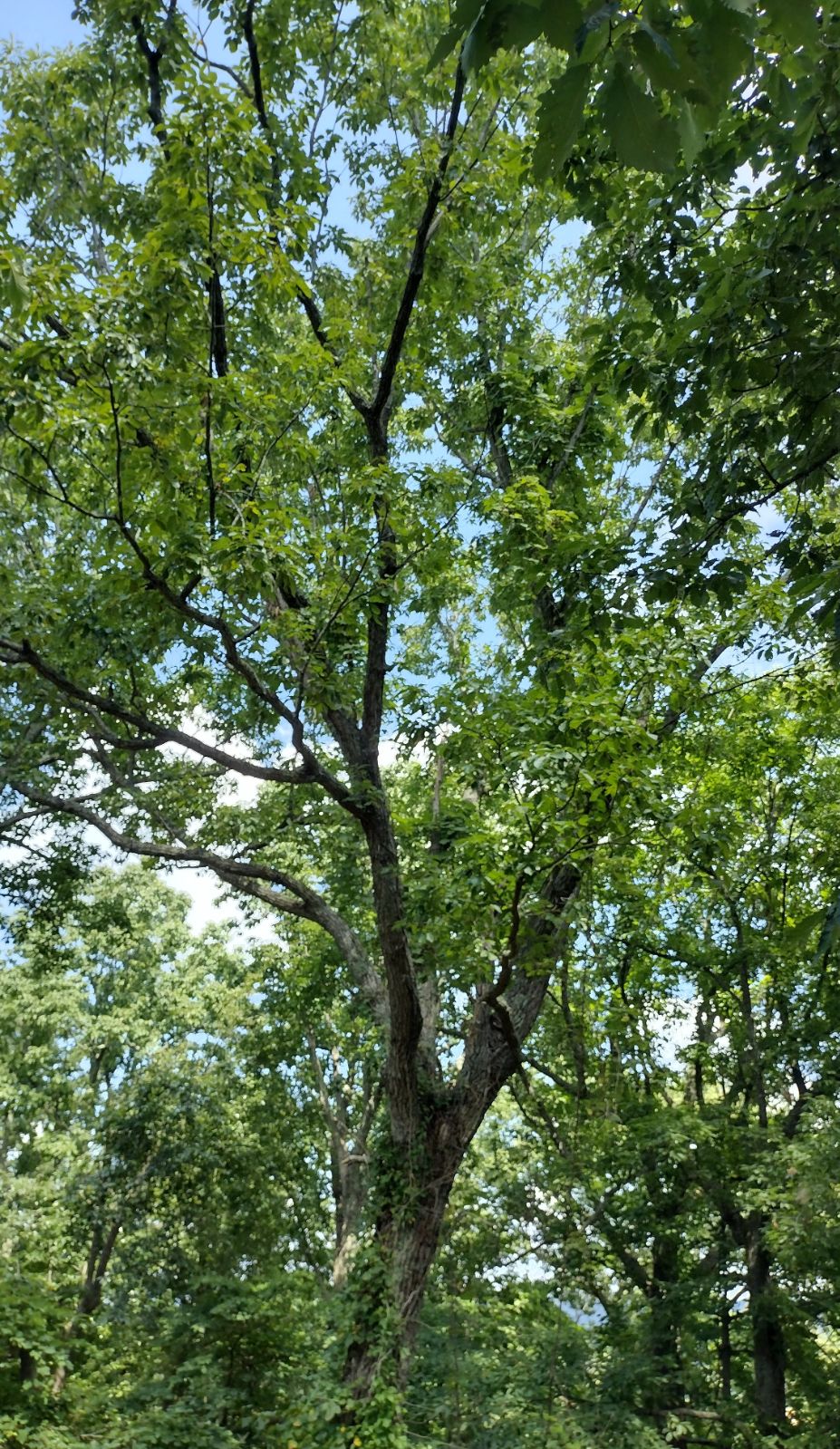Quercus montana
Sponsor
Kindly sponsored by
The Trees and Shrubs Online Oak Consortium
Credits
Article from Bean's Trees and Shrubs Hardy in the British Isles
Recommended citation
'Quercus montana' from the website Trees and Shrubs Online (treesandshrubsonline.
Infraspecifics
Other taxa in genus
- Quercus acerifolia
- Quercus acherdophylla
- Quercus acrodonta
- Quercus acuta
- Quercus acutifolia
- Quercus acutissima
- Quercus afares
- Quercus affinis
- Quercus agrifolia
- Quercus alba
- Quercus aliena
- Quercus alnifolia
- Quercus aquifolioides
- Quercus arizonica
- Quercus arkansana
- Quercus aucheri
- Quercus augustini
- Quercus austrina
- Quercus × auzendei
- Quercus baloot
- Quercus bambusifolia
- Quercus baronii
- Quercus bicolor
- Quercus brantii
- Quercus buckleyi
- Quercus canariensis
- Quercus canbyi
- Quercus candicans
- Quercus castanea
- Quercus castaneifolia
- Quercus cerris
- Quercus chenii
- Quercus chrysolepis
- Quercus coccifera
- Quercus cocciferoides
- Quercus coccinea
- Quercus conspersa
- Quercus crassifolia
- Quercus crassipes
- Quercus delavayi
- Quercus dentata
- Quercus deserticola
- Quercus dolicholepis
- Quercus douglasii
- Quercus dumosa
- Quercus durifolia
- Quercus eduardii
- Quercus ellipsoidalis
- Quercus emoryi
- Quercus engelmannii
- Quercus engleriana
- Quercus euboica
- Quercus eugeniifolia
- Quercus fabri
- Quercus faginea
- Quercus falcata
- Quercus floribunda
- Quercus frainetto
- Quercus franchetii
- Quercus fruticosa
- Quercus fusiformis
- Quercus gambelii
- Quercus garryana
- Quercus geminata
- Quercus georgiana
- Quercus germana
- Quercus gilliana
- Quercus gilva
- Quercus glabrescens
- Quercus glauca
- Quercus graciliformis
- Quercus gravesii
- Quercus griffithii
- Quercus grisea
- Quercus guyavifolia
- Quercus hartwissiana
- Quercus hemisphaerica
- Quercus × hispanica
- Quercus hondae
- Quercus hypargyrea
- Quercus hypoleucoides
- Quercus ilex
- Quercus ilicifolia
- Quercus imbricaria
- Quercus incana
- Quercus infectoria
- Quercus insignis
- Quercus ithaburensis
- Quercus kelloggii
- Quercus × kewensis
- Quercus kiukiangensis
- Quercus laceyi
- Quercus laevis
- Quercus lamellosa
- Quercus lanata
- Quercus lancifolia
- Quercus laurifolia
- Quercus laurina
- Quercus × leana
- Quercus leucotrichophora
- Quercus × libanerris
- Quercus libani
- Quercus lobata
- Quercus lobbii
- Quercus lodicosa
- Quercus longinux
- Quercus longispica
- Quercus look
- Quercus × ludoviciana
- Quercus macranthera
- Quercus macrocalyx
- Quercus macrocarpa
- Quercus macrolepis
- Quercus marilandica
- Quercus mexicana
- Quercus michauxii
- Quercus mongolica
- Quercus monimotricha
- Quercus morii
- Quercus muehlenbergii
- Quercus myrsinifolia
- Quercus myrtifolia
- Quercus nigra
- Quercus × numidica
- Quercus oblongifolia
- Quercus obtusata
- Quercus oglethorpensis
- Quercus oxyodon
- Quercus pagoda
- Quercus palmeri
- Quercus palustris
- Quercus pannosa
- Quercus parvula
- Quercus petraea
- Quercus phellos
- Quercus phillyreoides
- Quercus planipocula
- Quercus poilanei
- Quercus polymorpha
- Quercus pontica
- Quercus prinoides
- Quercus pubescens
- Quercus pyrenaica
- Quercus rehderiana
- Quercus reticulata
- Quercus robur
- Quercus rotundifolia
- Quercus rubra
- Quercus rugosa
- Quercus rysophylla
- Quercus sadleriana
- Quercus salicina
- Quercus sartorii
- Quercus × schneideri
- Quercus schottkyana
- Quercus semecarpifolia
- Quercus senescens
- Quercus serrata
- Quercus sessilifolia
- Quercus setulosa
- Quercus shumardii
- Quercus sinuata
- Quercus spinosa
- Quercus stellata
- Quercus stenophylloides
- Quercus suber
- Quercus subspathulata
- Quercus tarokoensis
- Quercus tatakaensis
- Quercus texana
- Quercus tomentella
- Quercus trojana
- Quercus tungmaiensis
- Quercus turbinella
- Quercus × turneri
- Quercus undulata
- Quercus utahensis
- Quercus utilis
- Quercus uxoris
- Quercus variabilis
- Quercus velutina
- Quercus virginiana
- Quercus vulcanica
- Quercus warburgii
- Quercus wislizenii
- Quercus xalapensis
Taxonomic note Described by Bean under the name Q. prinus.
A deciduous tree usually not more than 70 ft high in the wild, but occasionally taller specimens are met with; on mountain slopes and rocky places a small scrubby tree; bark very dark, thick, with broad, close ridges; young shoots glabrous. Leaves obovate to oblong-obovate, 3 to 7 in. long, 11⁄2 to 31⁄2 in. wide, tapered at the base, more abruptly so to the apex; from each side the midrib there spring ten to fifteen prominent parallel veins, each of which, except one or two at the base, runs out to the apex of an oblique, rounded tooth. The upper surface is dark, glossy green and glabrous, midrib bright yellow, lower surface green or greyish, coated with fine, appressed stellate down or almost glabrous; stalk yellow, 1⁄2 to 1 in. long, glabrous. Fruits solitary or in pairs, sessile or on a short stout common-stalk; acorns oval, 11⁄4 in. long; cup enclosing one-third to one-half of the acorn, about 3⁄4 in. wide, its scales downy, swollen, fused together except at the tips.
Native of the eastern USA, mainly in the Appalachians and their foothills, where it attains its largest size, but extending north to parts of New England and west to Ohio, Indiana, and N.E. Mississippi; introduced 1800 (perhaps earlier) but never a common tree. It bears a certain resemblance to Q. canariensis, but that species has very distinctive loose floccose hairs on the midrib beneath.
From the Supplement (Vol. V)
specimens: Kew, in oak planting west of Broad Walk, 66 × 53⁄4 ft (1979) and, in Oak Collection, pl. 1904, 64 × 61⁄2 ft (1978).
Q. muehlenbergii – There is a very fine specimen of this species in Kensington Gardens, London, measuring 66 × 91⁄2 ft at 4 ft (1981).
Q michauxii Nutt.
Common Names
Swamp Chestnut Oak
Synonyms
Q. prinus var. palustris Michx.
Q. prinus of many authors (and of Linnaeus in part)
A close ally of Q. prinus, the most reliable difference being that the scales of the acorn-cup are free to the base, with the upper ones often forming an erect fringe round its rim; the cup is also larger, to 1{1/4} in. wide, and the fruits are almost sessile. The leaves are rather more deeply and sharply toothed. The bark is thinner, less furrowed, with looser ridges. Native mainly of the Atlantic coastal plain and the Mississippi basin, in moist soils and growing taller than Q. prinus, which is a species of drier, upland habitats.Q. michauxii is rare in cultivation, though introduced in the 17th century. It is mentioned because the present edition of Rehder’s Manual (1940) and of many other older works use the name Q. prinus for this species, and Q. montana for the species which, at the present time, is usually considered to be the one better entitled to be called Q. prinus. The use of the name Q. prinus is discussed by Fernald in Journ. Arn. Arb., Vol. 27 (1946), p. 391.
Q muehlenbergii Engelm.
Synonyms
Q. acuminata (Michx.) Sarg., not Roxb.
Q. prinus var. acuminata Roxb




